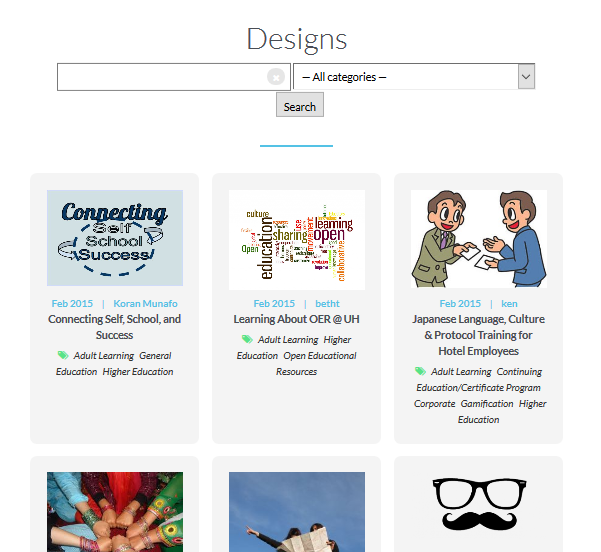Portfolios allow students to showcase what they have learned in your course or program.
Purpose
Work shown via portfolio can illustrate the smaller parts of a larger whole or a progressive change of abilities or ways of thinking. When they are viewed, who views them, and what criteria are used to judge/grade them are all important considerations. Technology allows students to create portfolios that incorporate multimedia and can be easily shared.
More information: Authentic Assessment Toolbox: Portfolios
Evaluating
Rubrics: To make evaluation fair and consistent, it’s best to use objective criteria from a rubric.
More information: Authentic Assessment Toolbox: Portfolios (Evaluation)
Feedback: Aside from the course instructor, other faculty and relevant experts can provide valuable feedback to students. Allowing peers to evaluate and doing self-evaluations can provide a different perspective as well.
Posting
Consider having students upload and/or link their portfolios in a central location. This allows for easy searching and sharing for your current class, future classes, and others. You can have students add links and/or thumbnail images of their portfolios on a single Google Doc (in a table), or provide links in a Laulima Forum. Other resources you may consider: free website builders (ex. Weebly, Google Sites).

Templates
Having students use a template for building their portfolio can help them keep track of required elements. The College of Education’s Literacy Specialist Program organizes their student portfolio around a set of standards each student must address in their portoflio. They provide this example site to show students what their portfolio structure needs to be, and what’s required on each page.
